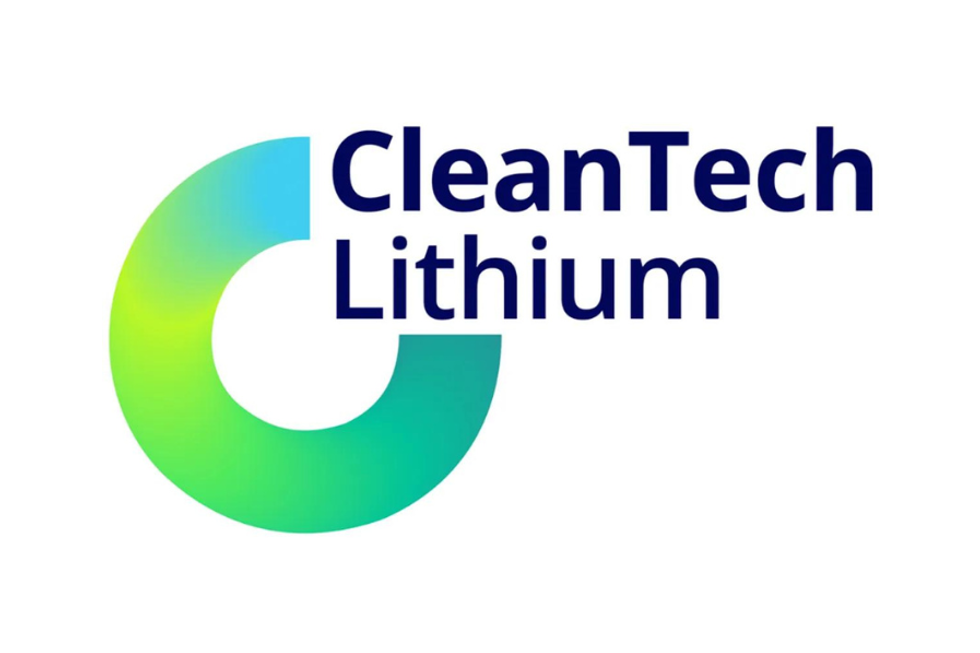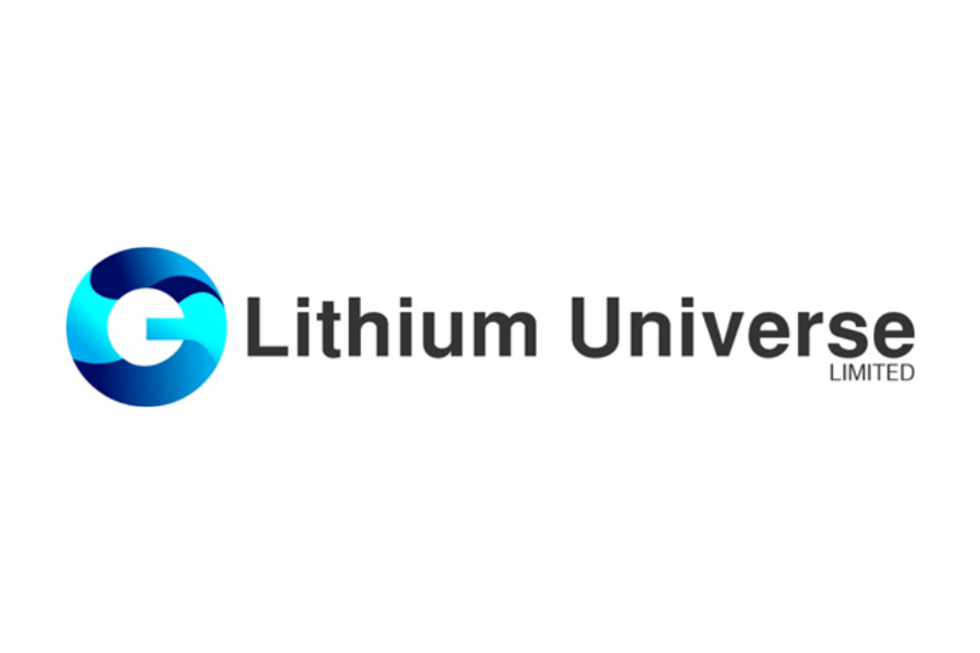The 3rd Annual Lithium Supply and Markets Conference was hosted by Metal Bulletin last week at the Metro Toronto Convention Centre. One of the keynote speakers at the event, Edward R Anderson, president of lithium consultants TRU Group Inc., indicated some bearish sentiments for lithium pipeline projects.
By Dave Brown – Exclusive to Lithium Investing News
The 3rd Annual Lithium Supply and Markets Conference was hosted by Metal Bulletin last week at the Metro Toronto Convention Centre. One of the keynote speakers at the event, Edward R Anderson, president of lithium consultants TRU Group Inc., indicated some bearish sentiments for lithium pipeline projects.Medium term outlook
Mr. Anderson believes that new developments will have a tremendous challenge to compete with the existing lithium “Big Three.” Over the next decade, pipeline projects and expansions could increase capacity by about 40,000 tonnes per year. This forecast for lithium supply would be more than double the forecasted industrial demand, according to Mr. Anderson. Existing lithium chemical producers have the in-ground resources and ability to meet nearly all market requirements by expanding capacity. The short term forecast is for demand and prices to continue to demonstrate relatively little growth this year.
The lithium consulting group’s veteran lithium geologist, Dr. Ihor Kunasz, explained the technical reasons as to why existing producers have a natural advantage. Dr. Kunasz suggests, “It’s simple, the existing players have three times the lithium concentration and also reserves that dwarf any of the new players. In addition, SQM (NYSE: SQM), by far the world’s largest lithium, has for many years re-injected excess lithium produced into the Salar de Atacama adding to the lithium resource of the salar.” Dr. Kunasz is well known as the geologist who developed the original reserve model at Atacama from whence 60 percent of the world’s lithium is currently produced.
A TRU Contrarian
Two years ago the world’s greatest investor and well reputed “oracle from Omaha,” placed a strong bet by initiating a position in the Chinese EV market with a $232 million stake of BYD Co. (HKG:1211). Warren Buffett’s investment thesis was predicated on strong growth in the sector; sentiments shared by the company which has since then told Reuters recently that it expects green cars to provide a “sizable profit” in about five years.
In October 2008, the chairman of Berkshire Hathaway(NYSE:BRK.A) (NYSE:BRK.B) acquired a 9.9 percent stake with the value advancing to $1.2 billion, a return of more than five times the initial investment in barely two years. Mr. Buffett said BYD’s focus on green buses in the coming years and its long-term plan to focus on building efficient cars will pay off in the long run.
After a successful first half of 2010, sales have declined and the company has considerably downgraded expectations for the year. The company still may show upside potential with ambitious longer term targets and international strategic partnerships for the future, including an electric car joint venture with Mercedes.
Vice President supporting electric vehicle initiative
Vice President Joe Biden said Wednesday that the current administration plans to make good on efforts to put 1 million advanced technology vehicles on the road by 2015 by offering financial incentives.
Joe Biden was officially visiting advanced lithium-ion battery systems manufacturer, Ener1 Inc. (NASDAQ:HEV). The company was also in headline news last week concerning a partnership with a Chinese automotive manufacturer. In the past, Ener1 got $118.5 million in stimulus funds to expand production of advanced batteries for hybrid and electric vehicles.
Biden’s visit came the day after a State of the Union speech in which President Barack Obama pledged to work toward putting 1 million advanced technology vehicles such as electric cars and hybrids on America’s roads by 2015.
Since the inception of the current administration, significant political interest and considerable investment has already been committed towards the electric vehicle market. The DOE has already launched an Electric Drive Vehicle (EDV) Battery and Component Manufacturing Initiative of the American Recovery and Reinvestment Act of 2009 (ARRA), which has been made available to provide approximately $2 billion in federal stimulus in part to promote the development of U.S.-based advanced battery production for the EDV market.






